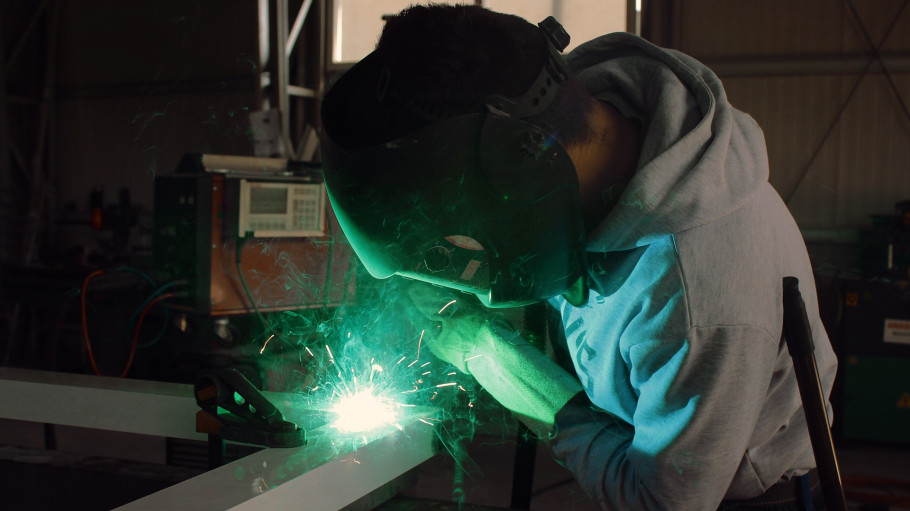

The European Union Emissions Trading System was the first large greenhouse gas emissions
trading scheme in the world, and is still the largest. It was launched in 2005 as a major pillar of
European climate policy.
The Emissions Trading System is a ‘cap and trade’ mechanism. The ‘cap’ is the maximum amount of all greenhouse gas emissions that can be emitted by all participating industry sectors. This ‘cap’ is reduced every year by a ‘linear reduction factor.’
Within this ‘cap’, installations are permitted to either keep ‘allowances’ for next year or to sell them on to other companies that may need to emit more.
The original objective of the Emissions Trading System was to achieve agreed emissions reduction targets in a 'cost-effective and economically efficient manner'. This is done using the carbon price resulting from the interaction of supply and demand for ‘emissions allowances’.
The EU Emissions Trading System covers around 11,000 installations in power generation and industry as well as the aviation sector. These installations are together responsible for 45% of the EU’s greenhouse gas emissions. Emissions from buildings, agriculture, transport and waste are outside the Emissions Trading System’s scope.
Brussels, 22 October - Ahead of the European Council meeting on 23 October, Europe’s steel and automotive industries — two strategic pillars of the EU economy — are issuing a joint call for a realistic and pragmatic pathway to transformation and keeping investments in Europe. Together, these sectors form the backbone of Europe’s industrial strength, supporting over 13 million jobs in automotive and 2.5 million in steel (directly and indirectly), and driving innovation across entire value chains.
Joint Statement
Brussels, 10 September 2025 – Reacting to today’s State of the Union Address delivered by Commission President Ursula von der Leyen, Axel Eggert, Director General of the European Steel Association (EUROFER) said:
Several myths or misunderstandings about the role and functioning of the EU ETS abound in discussions about this central EU climate policy.
WTO compliance, transition period, solution for exports, anticircumvention measures: our collection of impact assessments and policy documents